The post at the stern supports two mirrors; the larger one at top provides a good view forward, and the wide-angle mirror below it takes in a broader view. Mirrors are common fixtures on rowing boats used in races in Finland.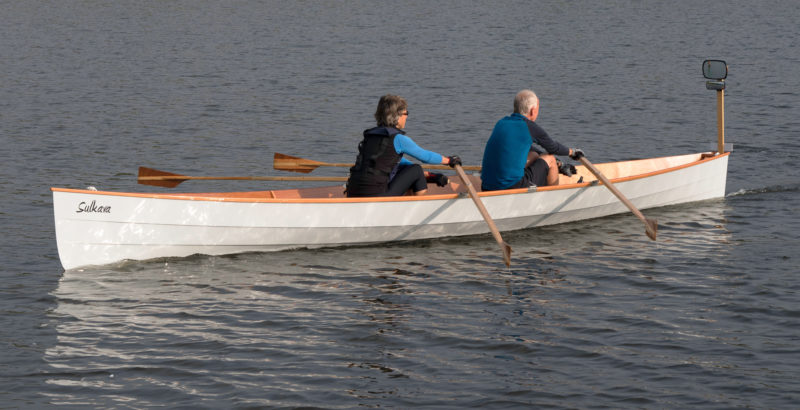 Mark Wilson-North
Mark Wilson-North
Stay On Course

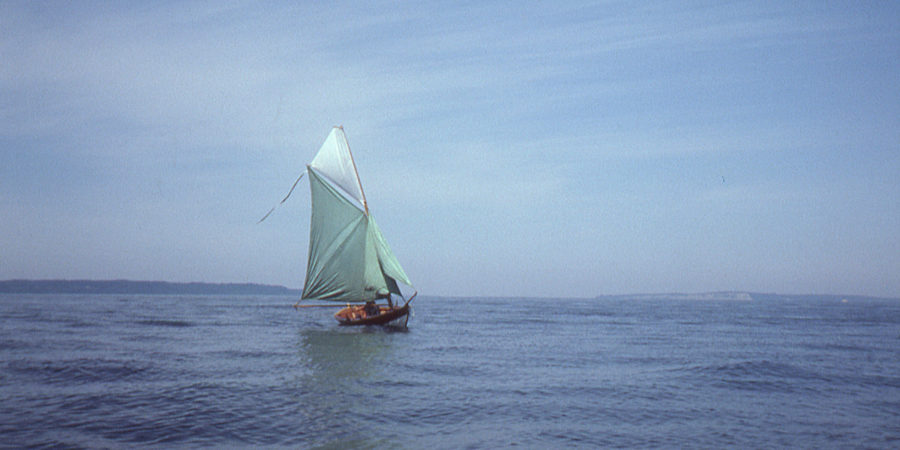
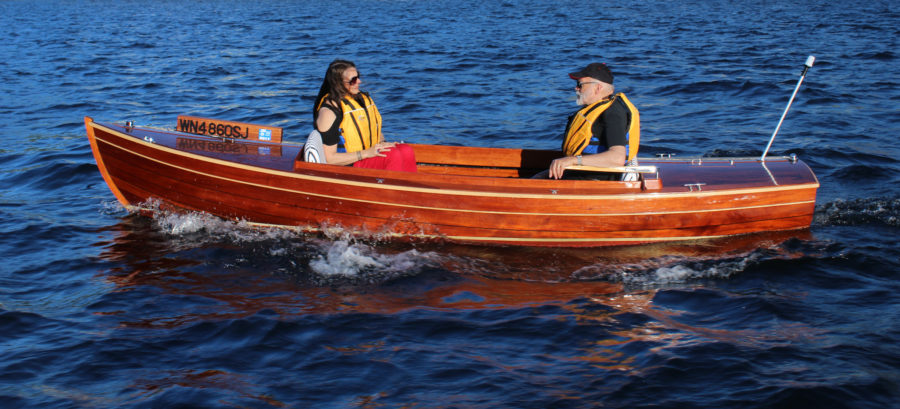
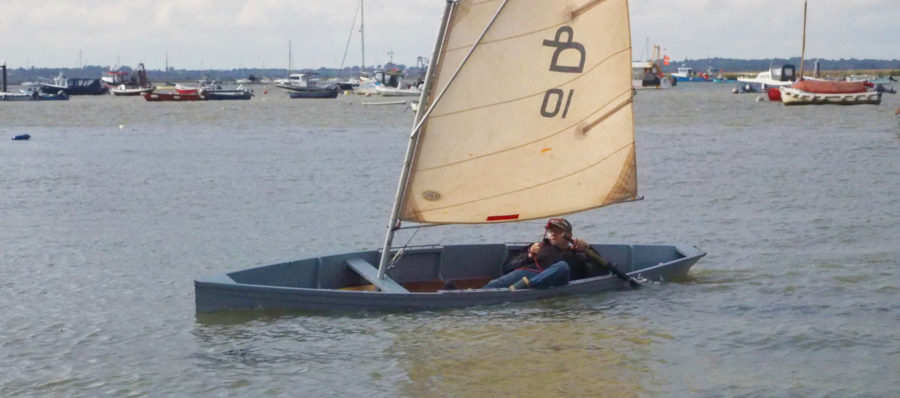
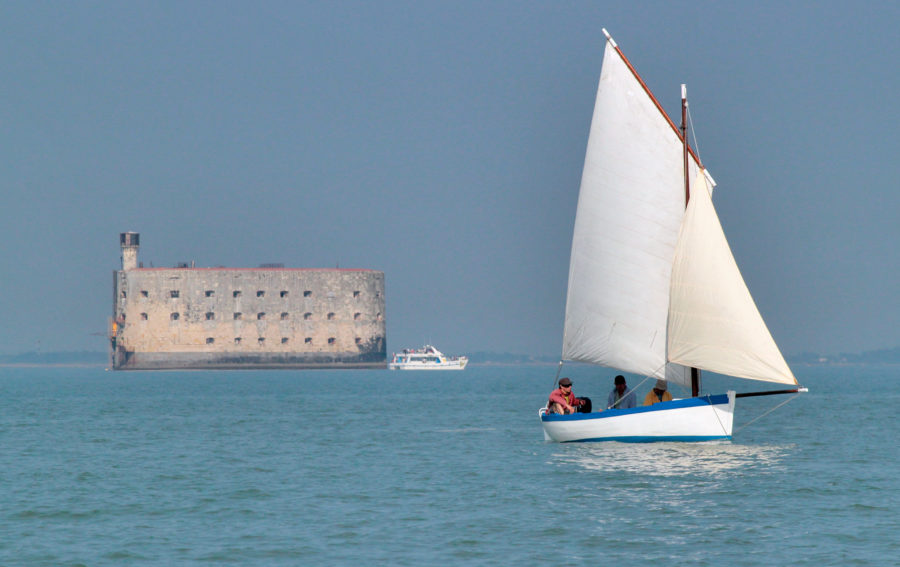
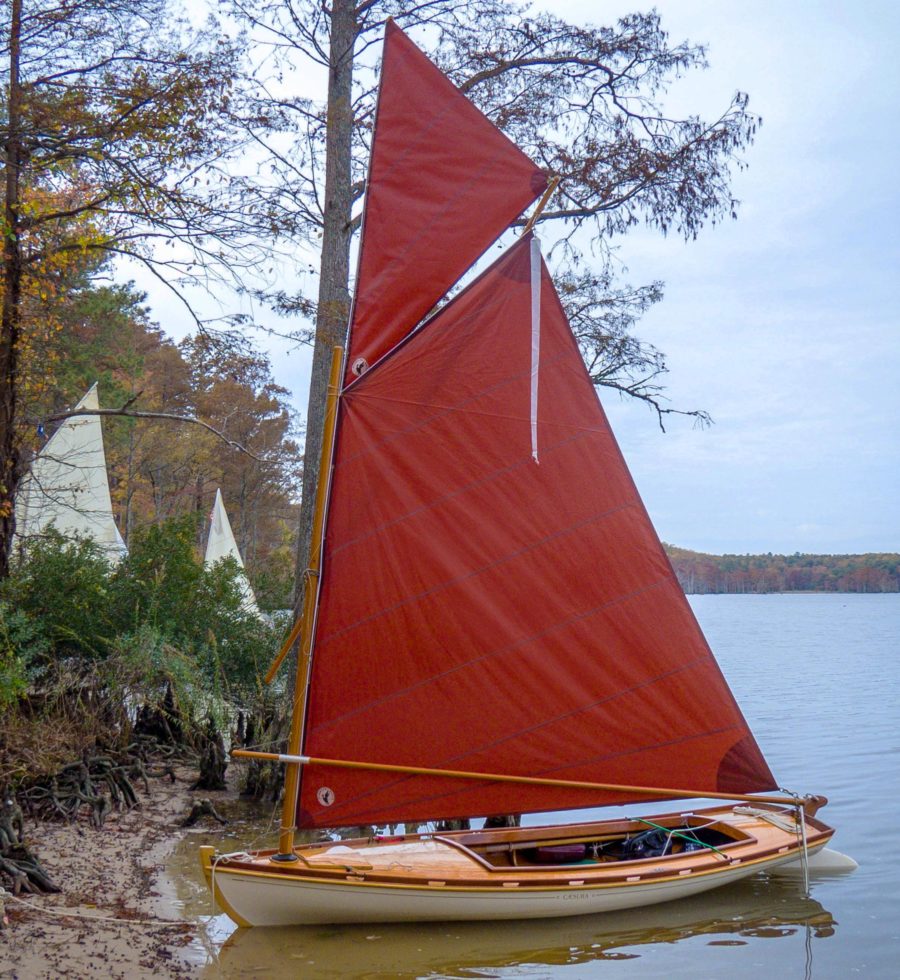
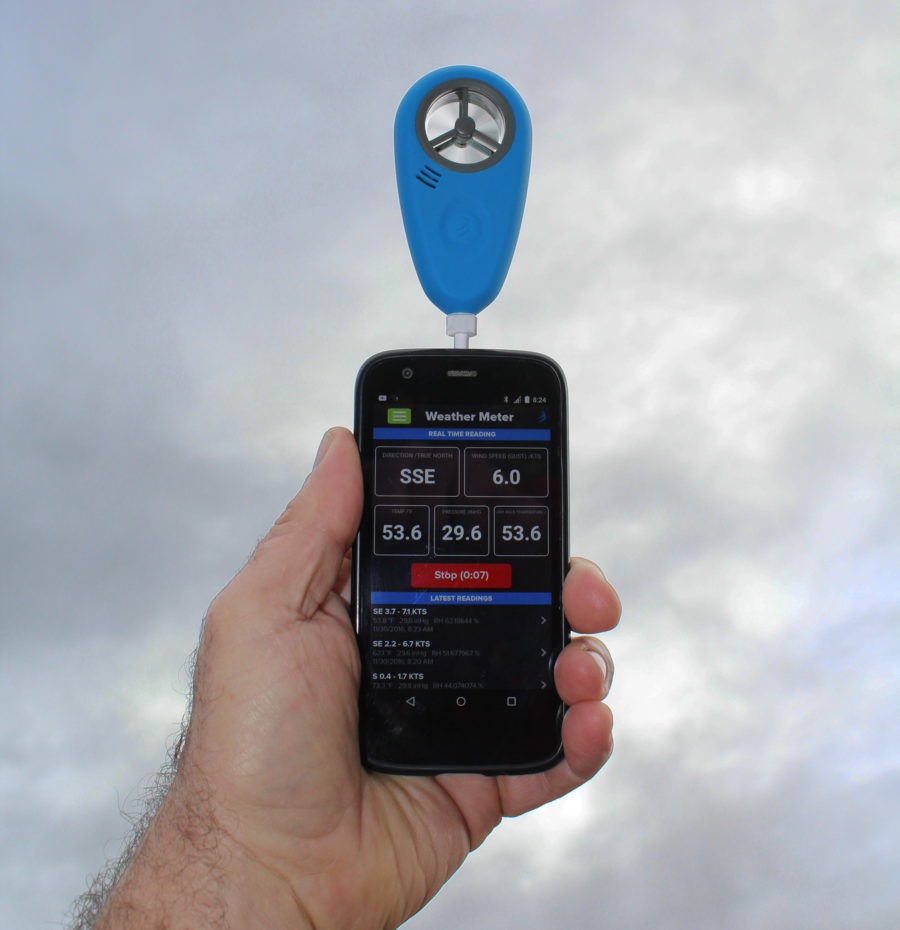
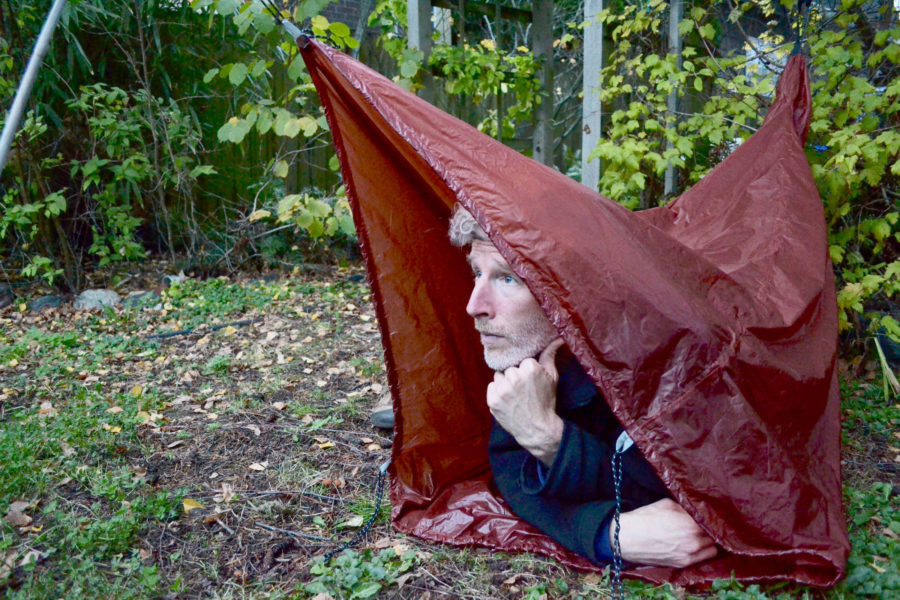
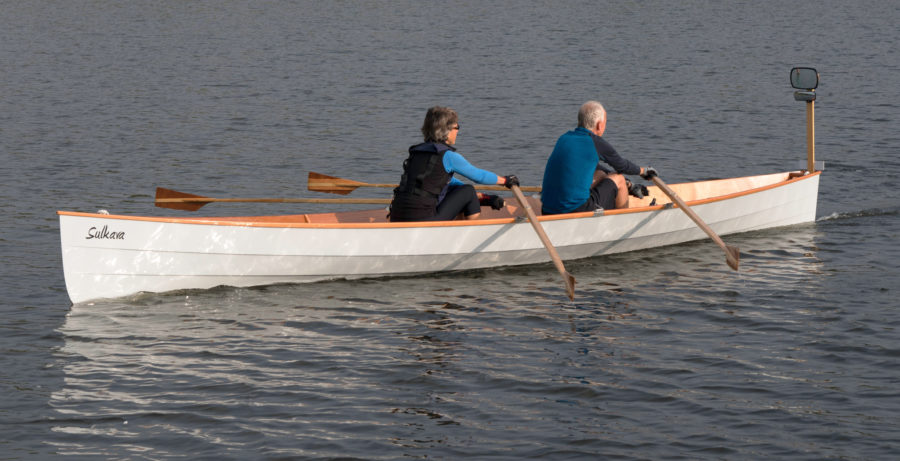
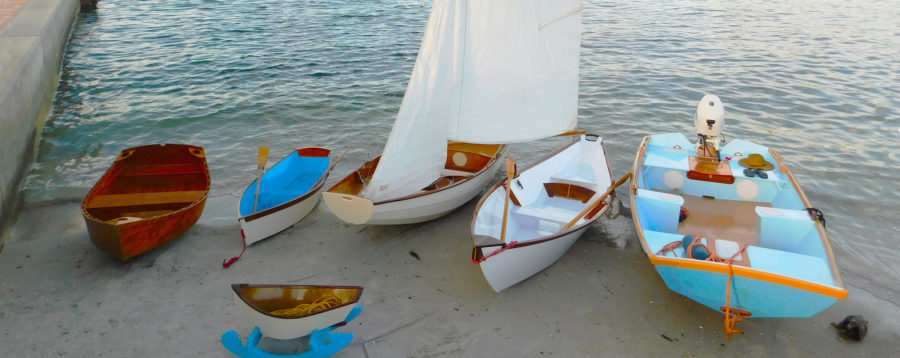
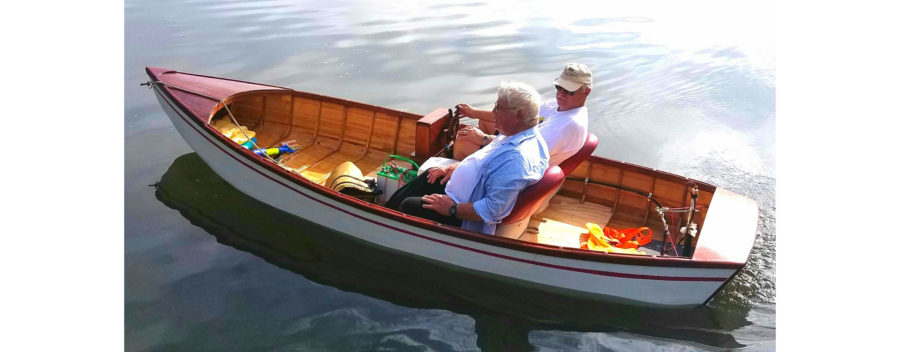
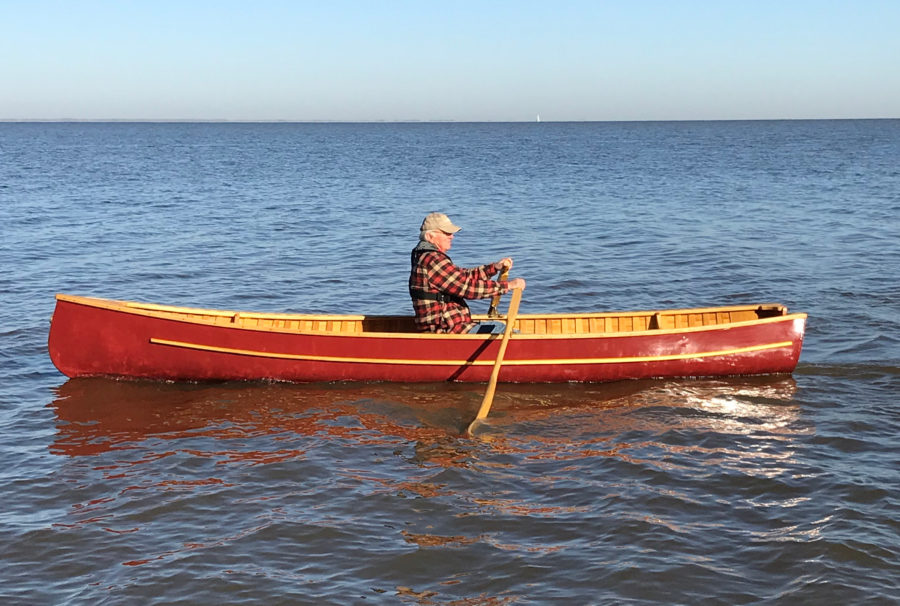
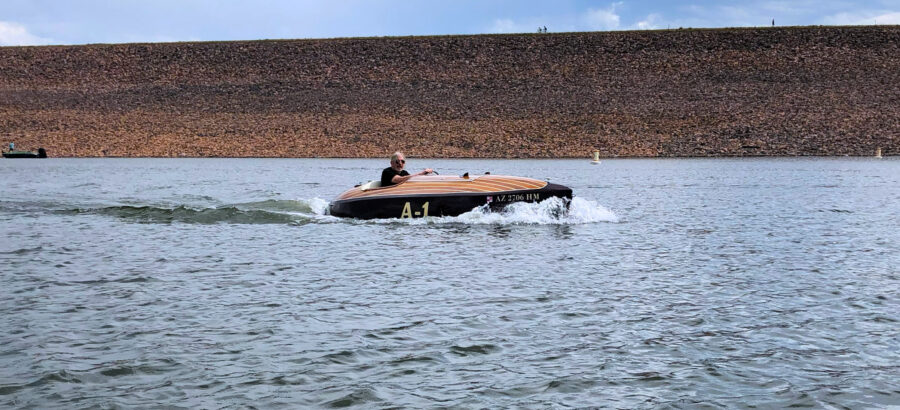
Join The Conversation
We welcome your comments about this article. If you’d like to include a photo or a video with your comment, please email the file or link.